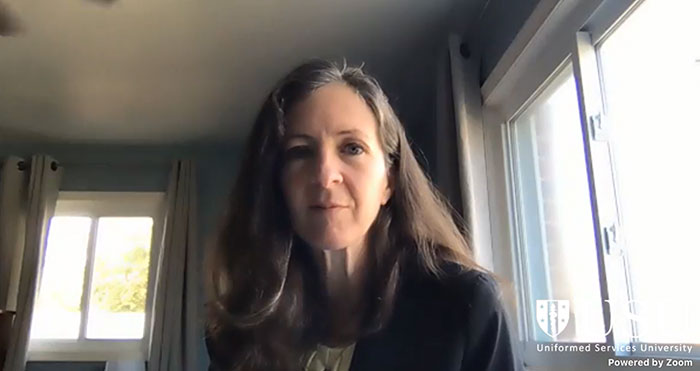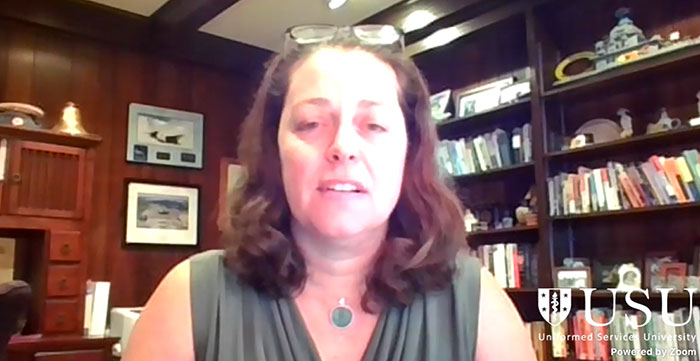"Women in Combat Summit" Aims for Equity, Lasting Change

As part of the U.S. military's growing commitment to the tenets of diversity and inclusion, the second-ever "Women in Combat Summit" launched on February 9 with a global audience of more than 800 people. Developed as a joint effort between the U.S. Army Medical Research and Development Command, the Uniformed Services University of the Health Sciences and the TriService Nursing Research Program, the three-day, virtual event is billed as a means to present research and policy recommendations specifically related to female Service Members.
"That's fundamentally the goal here, that high-performing women serving in combat continue to get promoted all the way up the ranks," said retired General Martin Dempsey, former chairman of the Joint Chiefs of Staff and the keynote speaker for the first day of the summit.
Notable for signing the official order (along with then-U.S. Secretary of Defense Leon Panetta) to rescind the rule preventing women from serving in direct combat back in 2013, Dempsey filled his address with a mix of personal anecdotes and positive encouragement, urging viewers to hone their leadership skills by finding ways to develop more equity and overall cohesion in their respective units
"There is only on antidote to fear," said Dempsey, pointing out the importance of women to the future of America's all-volunteer military, "and that is a sense of belonging."

Additionally, the summit also welcomed a series of presentations focusing on female-centric research and the importance of female voices in key national policy decisions. In her address entitled "Women, Peace & Security," retired U.S. Marine Corps Reserve officer Jeannette Haynie made the argument that installing women in positions of military power gives the U.S. a clear tactical advantage with regards to national security. To buttress that point, Haynie further presented research highlighting recent studies showing U.S. states and municipalities with greater gender equality tend to have less crime, less corruption, and a greater overall trust in key institutions.
"We need to include the perspective of women and girls in solutions for peace, security and stability," said Haynie. "The quality and skill level of the women in this country dictate the military reach into that [talent] pool."
Still other presentations (and associated breakout sessions, which were scheduled for the latter half of the first day) focused on such varied topics as leadership and peer behavior, advocacy, operational performance and health and well-being. The overall purpose of the summit is to identify health and performance capability gaps experienced by female Service Members, with the ultimate goal being to develop strategic recommendations for eventual submission to policy makers.
"Women in general tend to have perspectives that give them different experiences," said Haynie, closing her presentation with a call to introduce female perspectives to every aspect of modern warfare. "We need to think of integration in addition to equality."
The overall theme of the second "Women in Combat Summit" is "Forging the Future: How Servicewomen Enhance the Fighting Force." The summit was organized in part by the USAMRDC Military Operational Medicine Research Program due to the Command's role as a leader in women's health research — specifically with regards to themes of readiness — and is further designed to update the policy recommendations made during the original summit, which occurred in 2014.
The summit is scheduled to continue through Thursday, February 11. For more information on the event, please visit https://www.triservicenurse.org/women-in-combat-summit-2020.To register for the event, please visit https://web.cvent.com/event/d08bc0c7-f3e7-4869-9f93-f24d050fa668.














